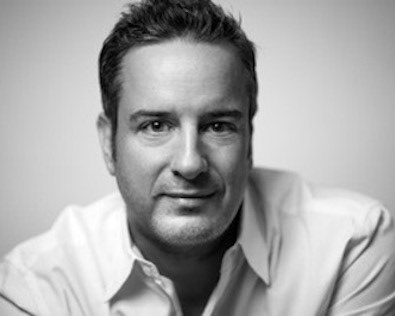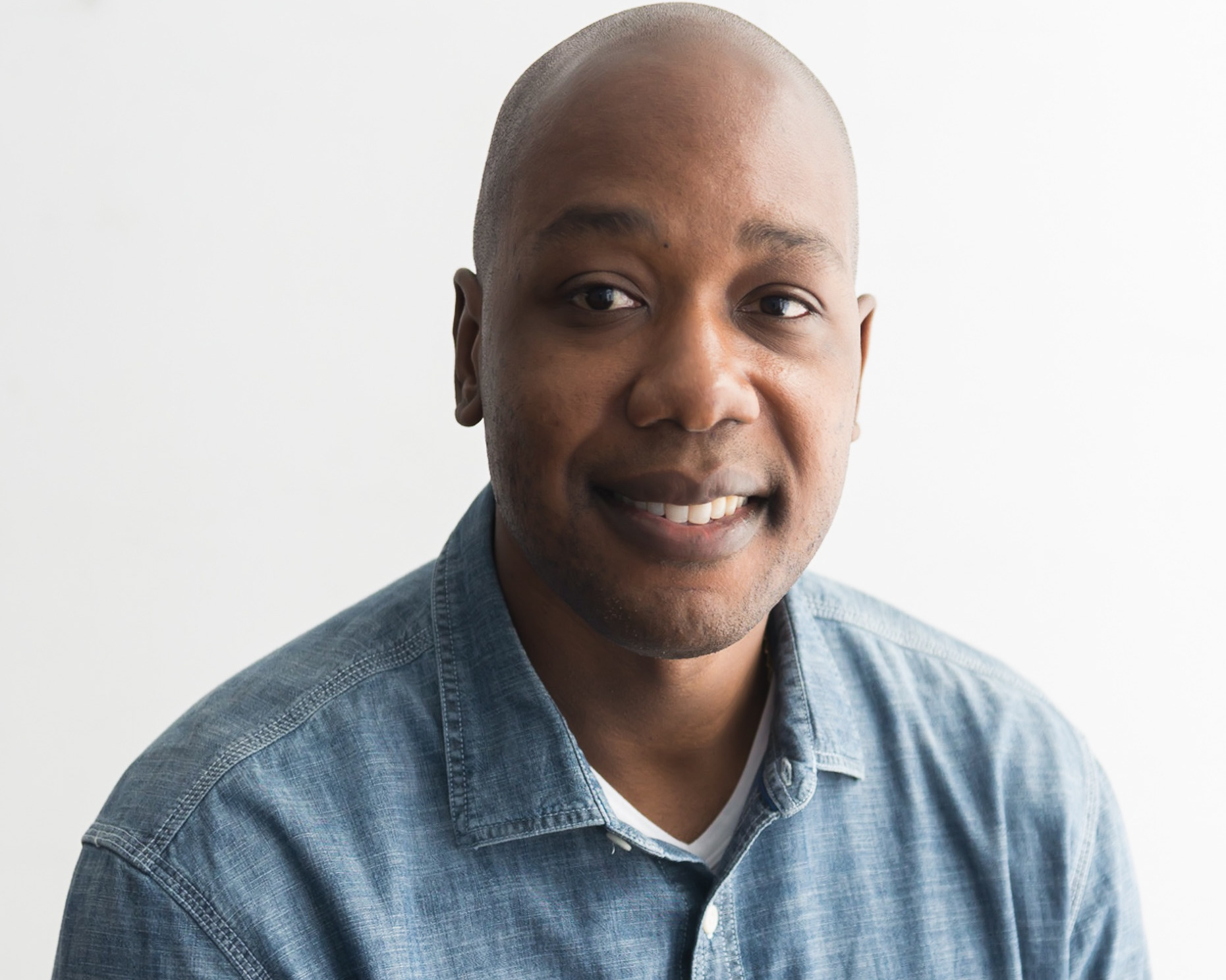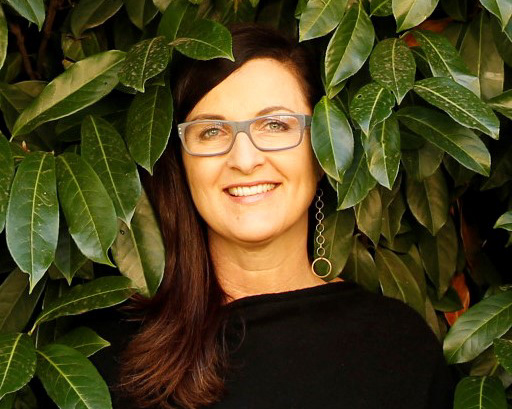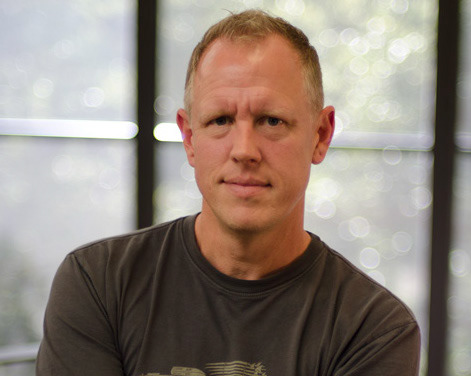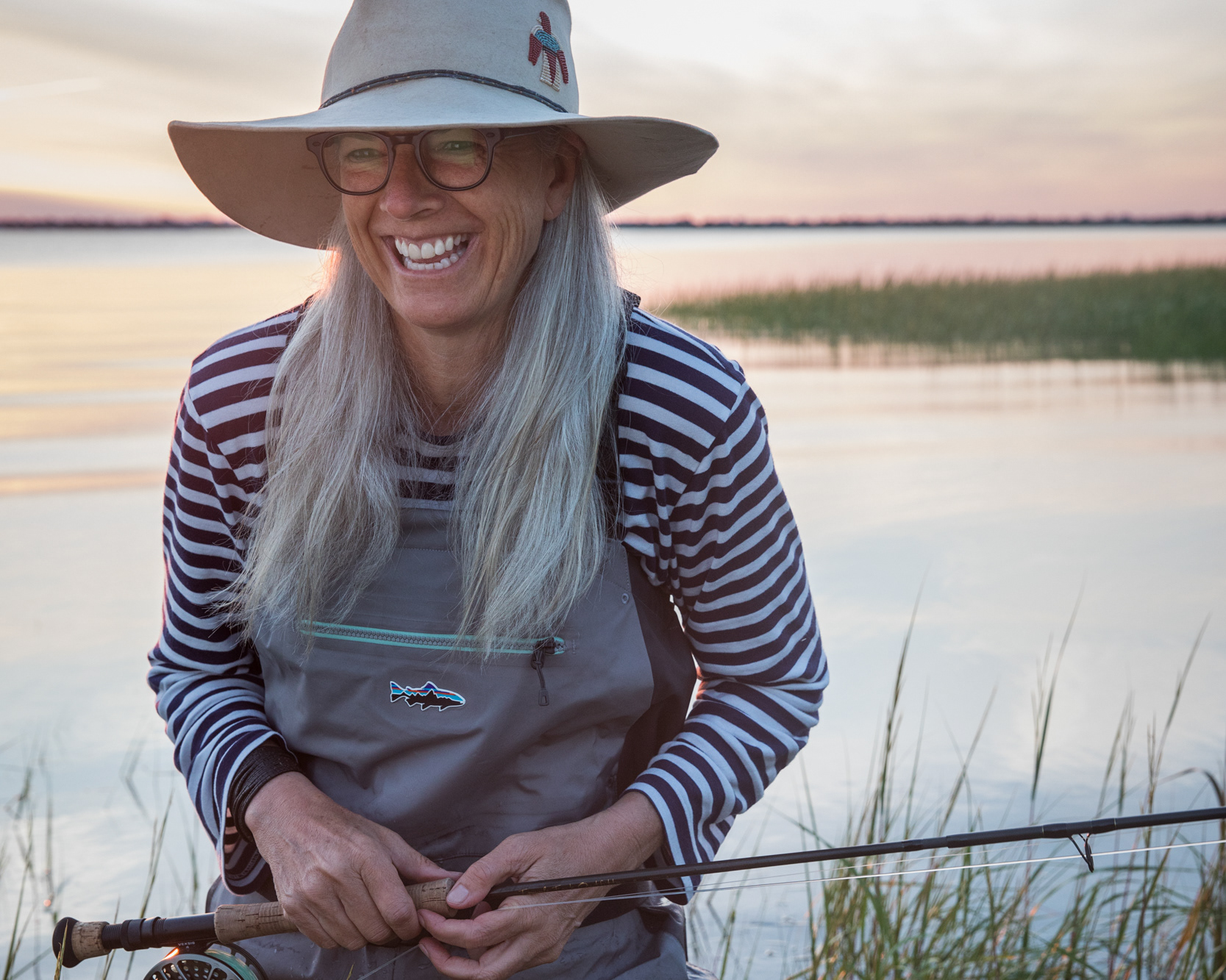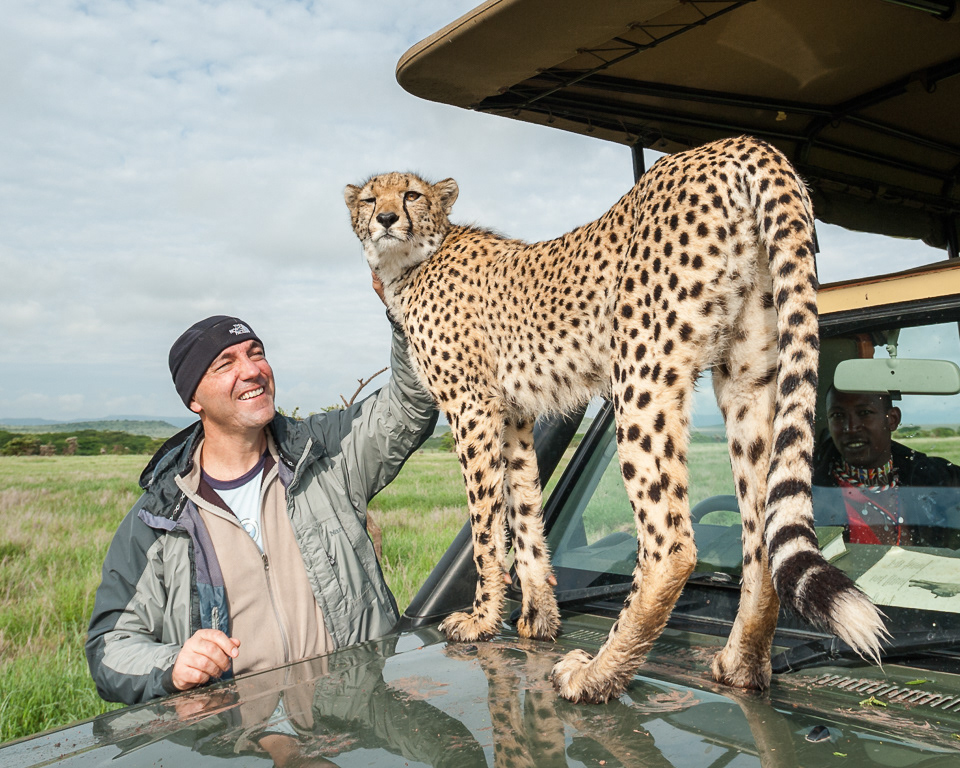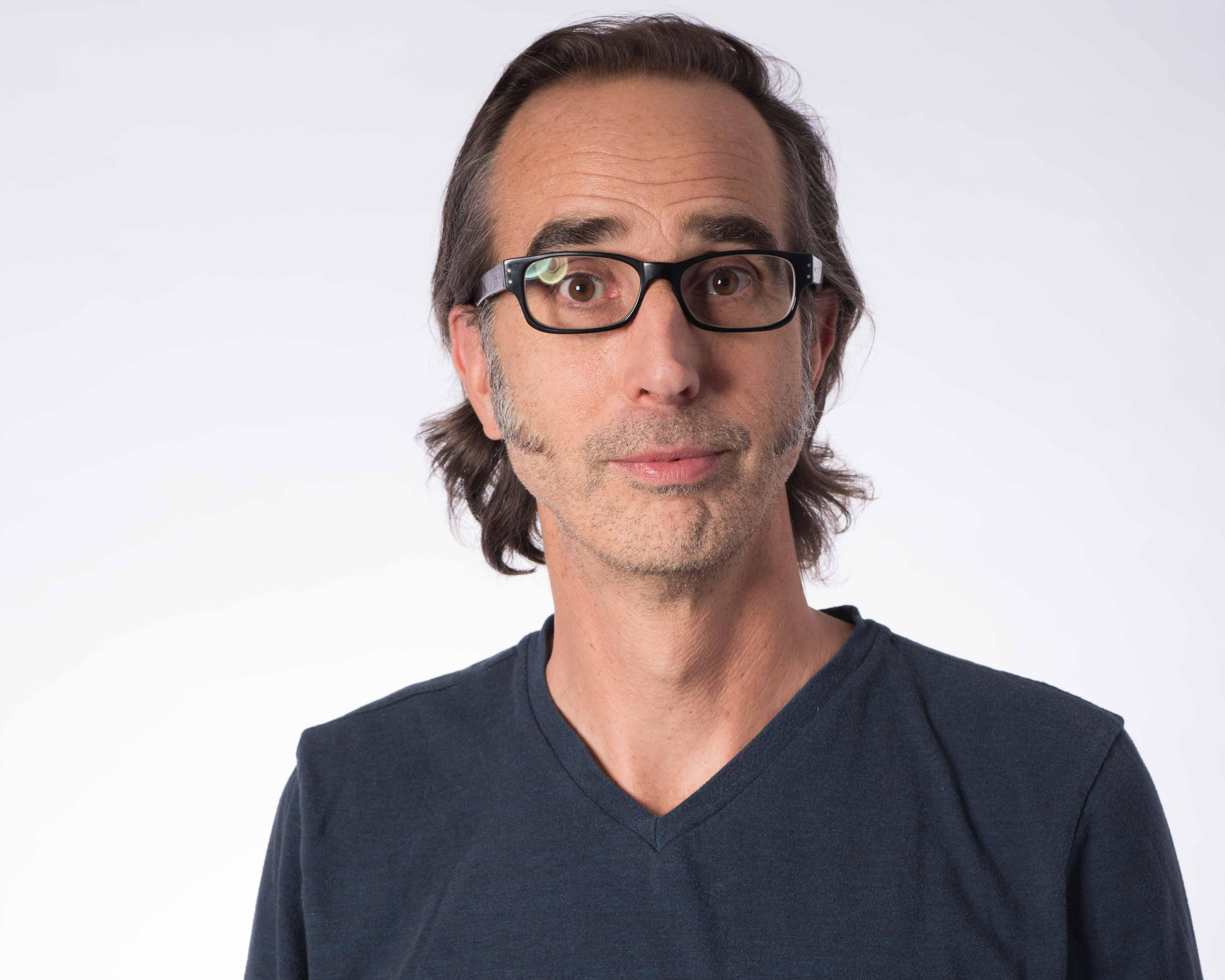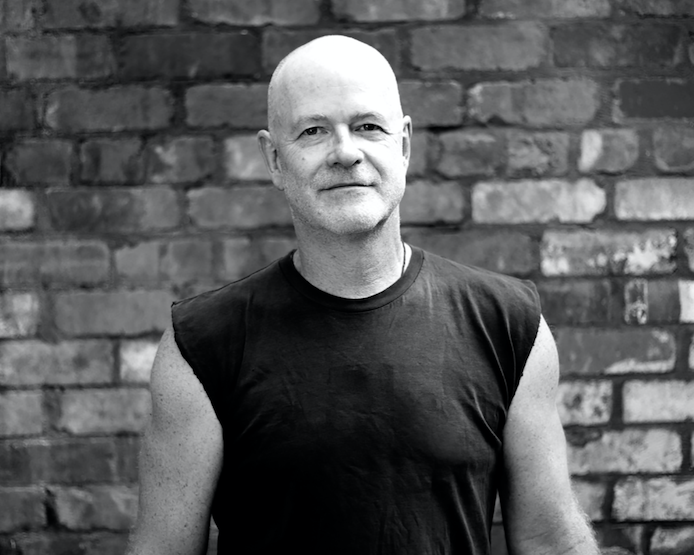Creating ads that are truly great is hard. Creating an in-house ad agency that’s truly great is arguably much, much harder. Dennis has done both. Not only has he scooped up plenty of coveted awards over his 30+ years in the biz, but, most recently, he lead Cisco’s Hatch to the title of "In-House Agency of the year"…twice.
Pretty impressive for an ad guy who’s also a working photographer.
So what else has Dennis done? How much time do you have? Throughout his career Dennis has helped cement the creative vision for many brands, including Acura, which he helped launch at Ketchum in the mid 80‘s. In the 90‘s, he played a key role in guiding Apple toward a footing in the business world at BBDO West and while at Hal Riney made Saturn relevant for a younger generation. Moving forward in his career, he collaborated with the car designers of Infiniti to create a unique and beautiful design language, which became the bible for both the design team in Japan and the advertising team at TBWA Chiat in Los Angeles. He also worked as an ECD at BBDO NY for a few years on Starbucks, GE Appliances, AT&T and the city of Dubai before taking on a stint at Apple creating and producing videos for Apple product launches.
Annnnd breathe.
Since 2016, Dennis has been the Executive Creative Director at Cisco, where he and his partner, Scott Habetz, are going for In-House win number three. And getting ready for an onslaught of applications, no doubt.
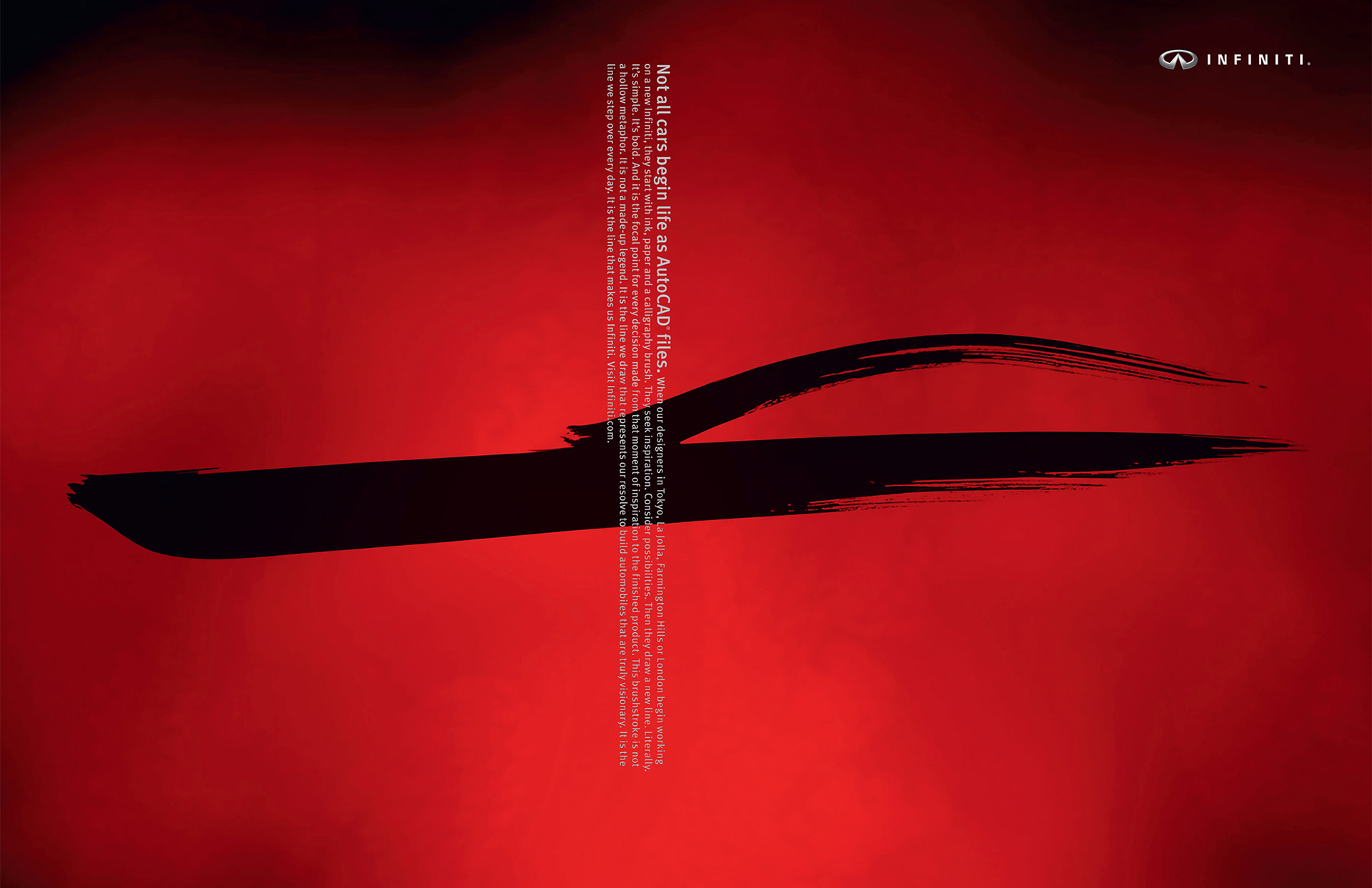
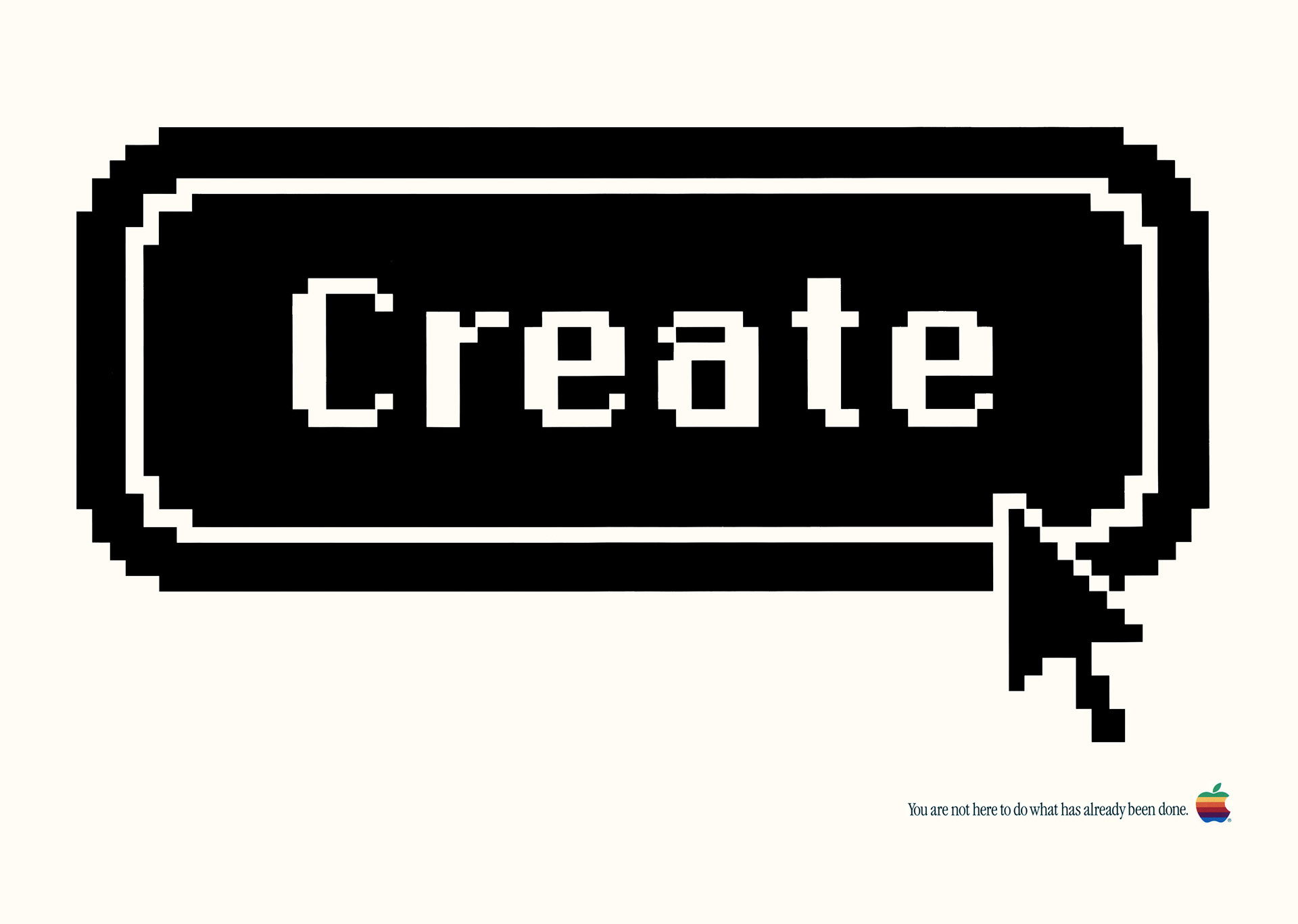

Is ageism in the industry something you thought about in your 30s? Your 40s?
I had my first introduction to ageism in 1996 at Hal Riney. My partner, Greg Ketchum, and I were brought onto the Saturn account. The client saw it as an opportunity to breathe some “youth” into the brand. We were the “in with the new” guys—though we didn’t think of it that way.
The brand was running out of buyers and they believed that young buyers were their new growth market. Saturn had a folksy “aw shucks” personality associated with it and they believed this was not appealing to a younger customer.
At the same time Hal, who was over 65, didn’t believe anything needed changing. He maintained that whatever work we created must remain true to the brand—a brand he himself was a big part of building.
Hal hated one commercial our team, Matt Smukler and Terry Finley, created called "Donuts." It was a hugely successful spot that featured a young kid going across the country. Saturn, known for their respectful treatment of customers, offered donuts and coffee to customers coming in for service. Our young protagonist was all too happy to fake car problems to enjoy donut eating through his travels. Saturn was on to him because of their service network, which was something new in the automotive world at the time, and was the point of the spot. Hal HATED the spot and the young protagonist. “Pandering!" he exclaimed.
The client viewed Hal’s point of view as an age difference; but really, it was a taste difference. There were plenty of older people who loved the spot.
Hal never bought into the idea of needing young creatives. And he was right. Age had nothing to do with the creation of any of the fresh ideas coming out of the agency. I was lucky to learn this early on in my career.
"The client viewed Hal’s point of view as an age difference; but really, it was a taste difference."
Is ageism something that’s affected you? What are some of the challenges you faced as a person who was getting older in the business? Do tell.
I believe I was summarily dismissed from consideration when looking for new work after I turned 50. Over and over in my talks with headhunters, the implication was that the folks hiring at an agency were looking for someone younger to fill a position. And sure enough, the agency would hire someone much younger.
I think I’ve been lucky, though. I’ve always patiently focused on problem solving as a creative, even with extremely complicated clients like Apple, Starbucks, HP, various car accounts, and my current account, Cisco. To get to creative solutions requires tremendous digging of information and a thorough knowledge of what you’re selling in order to explain it in simple terms. Additionally, the “spanking machine” of approvals can be long and arduous. There are certain kinds of people needed for this type of work. And it isn’t based on age, but has everything to do with problem solving and willingness to do the work.
"As time passed, it seemed having fun was more difficult to achieve. I was working more and with fewer resources, not getting as much produced. and on top of that, the politics got worse and worse."
Tell us about your own creative journey. What are your thoughts on where you are now, compared to your mindset when you were in the beginning of your career?
Hah! What I lacked in knowledge and talent was made up for with luck and a lot of hard work. For starters, my strengths were in photography and silkscreening. I was an okay designer, but by no means exceptional. I photographed and silkscreened posters at first but after running out of food and not making the rent, I did something really gutsy. I offered myself up for free to a graphic design firm I really wanted to work for in San Francisco. They were kind and paid me minimum wage and quickly bumped up my salary every few months.
My next few jobs were at other graphic design firms in LA. Then I heard about this agency that was going to launch a car brand and they needed a graphic designer to design brochures. Cars, brochures— I’m in. I got the job at Ketchum Advertising L.A .to help launch the Acura brand—and, boom, I was suddenly not just designing brochures, I was making commercials and ads in a trial-by-fire whirlwind. I was fortunate enough to meet Doug Patterson, who really broke down what it meant to be an art director and the value of writing and concepts. He changed my trajectory from precious designer to bigger thinking creative guy. With that awareness, I was also overwhelmed by all the talent around me and knew I had a long way to go to be the creative that could churn out tons of great ideas. Doug assured me it just takes time and hard work. That’s when I really became a workaholic—knowing I had to work hard and work smart to succeed.
About six years into my ad career, Dave Lubars hired me to work under Chris Wall and Susan Westre on the Apple account. Chris described working on the account as “trying to nail Jello to a wall.” As beautiful as the work was, it was extremely difficult to work on Apple. You had to have endless patience, outsmart everyone, and, of course, consistently show good work.
I eventually teamed up with Greg Ketchum, who had a knack for being everyone’s favorite creative. He’s not only talented, he’s one of the most likable people in the industry. His example inspired me to be less abrasive. I’m not sure I’ve arrived yet.
We won a lot of awards and I got a little caught up in that, but I quickly realized that it’s really about doing good work and you can’t worry about any accolades.
I later worked at Riney (one of my favorite jobs), then Chiat, and eventually BBDO NY for Lubars once again, starting in 2011.
Over the course of the years, I was able to witness the changes in the industry as a whole. As time passed, it seemed having fun was more difficult to achieve. I was working more and with fewer resources, not getting as much produced. and on top of that, the politics got worse and worse.
All of these changes, coupled with losing my brother in 2013, changed my outlook on many things. I yearned for a better work/life balance and to be close to family in California. I left New York for home and took a freelance job at Apple. There I was, just a dude throwing in as many ideas as possible on any given project. That was fun. Don’t like that idea, here’s six more! No stress about politics, managing, or having the odds against you. It was just what I needed at the time.
Less than a year later, I got an offer from my friend, Michele Janes, at Cisco to be the Global brand ECD. The charter was to make the work more consistent and improve it. There was a soft promise to get an in-house agency going. Both huge tasks.
We rebuilt the brand from the inside out, staying true to the integrity of what Cisco was made of. I lead a small creative team of big talent. Michele helped to identify key projects, and with the help of others we humanized a very complicated brand. We make films, create themes and graphics for events, do some of the key advertising, but also oversee ad agencies doing work for us. People within the company caught on to what we were doing and started requesting us to do more. It has snowballed from there. Within a year, to meet the demands, we hired Patti Cocciolo, who partnered with me to form the in-house agency we call the Cisco Hatch.
I’ve hired two groups of people: people I’ve worked with, most of whom are over 50, who are appropriate to the work we do; and folks right out of school (many out of Cal Poly, my alma mater). We work with many agencies because we can’t handle the volume. My long experience at agencies has taught me how to help people in the agencies get to better ideas. Part of how I do that is I treat them as if they’re working in-house. No walls. No BS. No layers. Let’s just respect one another and get to the answer.
This leads to my favorite part of what I do now—ensuring great work, and cherry picking people I love working with, in-house or not.
"Some people confused digital media 'experts' as actual creatives and some of those 'experts' marketed themselves as creatives, when in fact they never offered up a single creative idea."
Did the reality of the ad industry contribute to the decisions you made/the path you’ve taken?
Well yes, of course. There are three big changes over the past few decades: separation of creative from media; the massive holding companies buying up all the great private agencies; and the digital gold rush. All three forced me to reinvent and adapt.
Separation of creative from media birthed creative agencies, which fueled competition. And not always resulting in better work. Often it was because of money. Clients now had a separate budget for creative since media used to cover those costs. With less money to work with, there were simply fewer jobs. Those impacted the most were the more experienced and more expensive creatives. Sure, less experienced people cost less and therefore got more jobs. But less experience meant more mistakes, and with more mistakes came less confidence from the clients. The result of this was fewer agencies of record and a pivot to more project-based work.
In the meantime, holding companies forced agencies to cut overhead so they could pay out to the share holders and make the bonus targets for the executives. It was to the benefit of the holding company to do more with less. You can imagine how that impacts so many things-—an explosion of the do more with less thinking.
The digital gold rush changed behavior dramatically. It was chaos. Clients were confused and this was fueled even more with “new media” people offering up convoluted explanations that left you saying, “so what do we need to do?” Some people thought the media was free. Some people thought you needed a whole new kind of creative. Some people confused digital media “experts” as actual creatives and some of those “experts” marketed themselves as creatives, when in fact they never offered up a single creative idea.
In truth it was just media, and if you knew how to use it, any smart creative could create a good idea. For some, including me, we weren’t on the forefront of leveraging these new channels. Now most every creative understands the myriad of channel opportunities out there and some are really inventive in using them. But in the end if you’re smart enough and creative enough, you succeed. Exactly the same requirements that have always existed.
What do you feel creative people over 50 can offer over someone 20 years their junior, things that are unappreciated, or just plain overlooked?
They can teach them how to ask the right questions to get to the most important things to make the creative better. For instance: What did this _________ change in the customer’s life? Answers that lead to the insights that can make the work more profound and meaningful.
What is your advice to people who are nearing or over 40 in the ad industry?
You aren’t here to do what has already been done.
Don’t argue, answer with work.
Outlast and outsmart everyone.
Don’t argue, answer with work.
Outlast and outsmart everyone.
How are you approaching the next 10 years? What does your future hold?
I’m building an in-house agency here at Cisco. Our philosophy is simple and I learned this from Lee Clow. Simply do work you can love. Most of the time others will love it too. The more they love it, the more work you’ll be asked to do. The more work we do, the more people I can hire who I know can nail the work. The more they nail the work, the more others will want to work with us. And so on.
It’s working. We’re doing good work, and in the last four years we’ve won several awards, two awards for best in-house agency.
I’m doing what I love, with people I love. I’m just hoping to sustain it for the next ten years.
"Ageism is like women’s rights, black lives matter, stop Asian hatred. It all stems from ignorance."
What do you see as potential solutions for ageism in the industry? Any thoughts on possibly unionizing?
Ageism is like women’s rights, black lives matter, stop Asian hatred. It all stems from ignorance. We don’t need a union, we need to show the world what we’re made of. Look, we’re experts in advertising. We have the ability to put an irrefutable argument together. Let’s apply that to showing the world what people over 50 can bring to advertising and marketing. Think of all the brilliant minds you could put to this: starting with everyone who’s been featured in this Over 30 Under 30 project and including other great minds yet to be featured. Can you imagine the power of that campaign?
What are some positive things you’ve experienced as you’ve grown older in the business?
I’ve experienced growing kinder, and the ability to rise above the actions of others, something that used to torture me.
This has made my life a lot more pleasant. It’s also made me a lot easier to work with. More so in the last five years since I addressed my work/life balance.
Who do you look to for inspiration?
This may sound cliché but I look for inspiration from just about everyone. The world is so different now. Young and old are so much more encouraged and there’s so much to tap into from them— politics, art, technology, cultural change. All of this is inspirational and there are so many people I come across who know so much about all these subjects. My ten year old son Alex, for instance and how he builds fantasy in Mine Craft makes me see structure in ways I would never imagine. And an email from my old friend Steve Hayden inspires me in a whole different way because he knows so much about so many things.
I suppose it helps when you’re always thirsty for knowledge.


